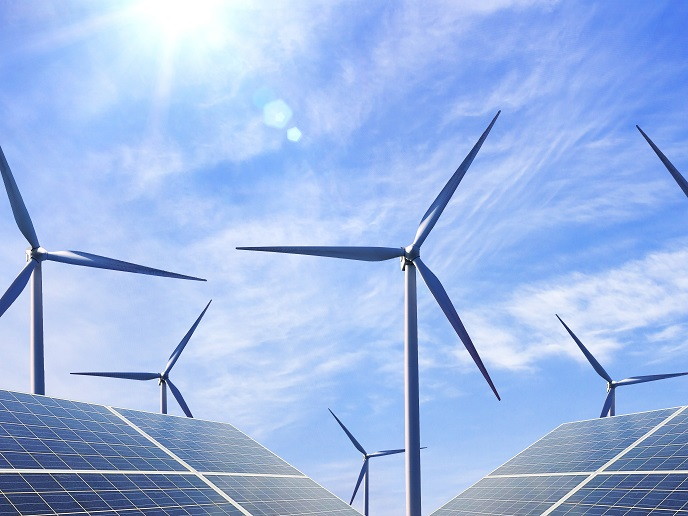Creating the next generation of green, efficient aluminium-ion batteries
Energy storage is essential for the next generation of technologies aimed at a more sustainable world. Rechargeable batteries are the most widely used option, and this field of technological development is being energised by an influx of innovation from all over the world. Yet not many research projects have focused on the novel aluminium-ion technology(opens in new window), which could generate a wave of greener, more efficient batteries. The ALION project is part of this new generation of energy storage technologies. Their proposal was to develop electrolytes(opens in new window) based on ionic liquids — salty liquids at room temperature — which allow the conduction of aluminium ions with exceptional thermal and electrochemical stability. This means batteries can be created without the use of critical raw materials like lithium or cobalt. “Such a battery would then be cheaper and more sustainable,” says Etienne Knipping, ALION project coordinator. ALION successfully developed an aluminium-ion battery module, demonstrating the high power and high cycling performance of this emerging technology. “These batteries are new serious candidates to substitute Pb-acid batteries in stationary applications such as uninterruptable power supply (UPS), telecommunications, renewable energy systems (RES) and grid support,” says Knipping. These could be privately-owned solar panels or wind turbines installed for example on a house or other buildings. ALION covered the production chain all the way from material sourcing to component manufacturers, battery assembler and validation of the technology in specific microgrid systems that include a renewable energy source like solar or wind. “The final objective of this project is to obtain an Al-ion battery module validated in a relevant environment, with a specific power of 500 W/kg, a voltage of 48 V and a cycle life of 3 000 cycles,” Knipping says.
Drawing power from diffusion
To create the novel battery systems, ALION used an approach based on a ‘rocking chair’ mechanism, involving the insertion and removal of ions diffusing from one electrode to another, to use up and recharge the battery respectively. The resulting technology is cheaper, with higher performance and safety levels, and reliability compared to current energy storage systems like pumped hydro storage and lithium-ion batteries. “The aluminium-ion battery shows various advantages compared to current commercial products: it does not contain any critical raw material and it is highly safe as most of the processes are water-based and made with non-inflammable materials,” says Knipping. There were some unexpected difficulties: due to the corrosiveness of the electrolyte, traditional manufacturing processes were rendered impossible. This meant that the project focused instead on the development of a less corrosive, high-performance battery based on the ionic liquid-based electrolyte.
Battery packs
In laboratory tests, the cells showed high power levels up to 36 kW/kg, and high cyclability (durability levels) at around 500 000 cycles per battery. Another important achievement of the project was the successful assembly of 3D-printed battery packs. “These packs were the largest ever developed with aluminium-ion cells. A big step forward for this promising technology!” Knipping says. The project finished in May 2019. Some partners in the ALION consortium are still working on the technology, seeking new funding to advance it further. This would involve further tests in relevant environments, and finding a way to increase the overall capacity.







